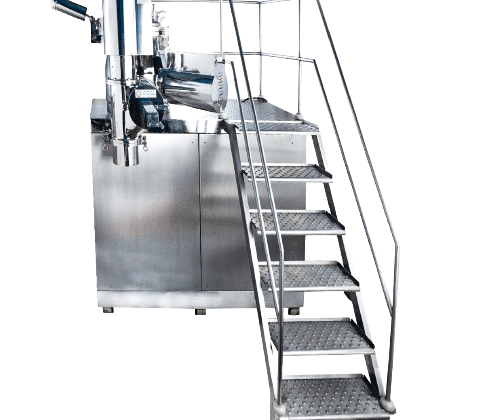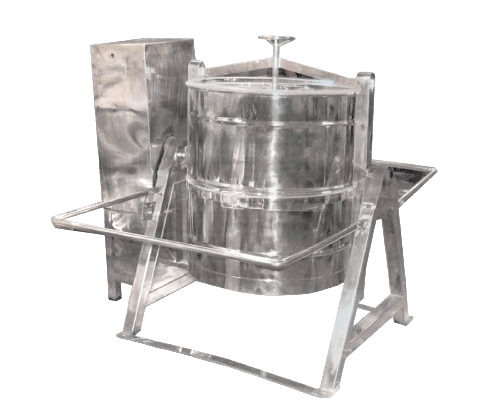How to Optimize Production with Rapid Mixer Granulators
In the dynamic landscape of pharmaceutical and chemical manufacturing, efficiency and precision are paramount. Chemiplant Engineering Company, a stalwart in the field, offers cutting-edge solutions to enhance production processes. Among its array of offerings, the Rapid Mixer Granulator (RMG) emerges as a versatile tool, revolutionizing the way powders are mixed and granulated. Let’s explore the intricacies of Rapid Mixer Granulators and unveil how they can optimize your production processes.
How to Optimize Your Production Process with Rapid Mixer Granulators:
Application in High Shear Mixing Granulation:
Chemiplant’s Rapid Mixer Granulator (RMG) finds diverse applications in industries requiring homogeneous mixing and granulation of powders. From pharmaceuticals to cosmetics, food to plastics, RMGs play a crucial role in ensuring the quality and consistency of end products.
Description of RMG Operation:
The RMG operates on a sophisticated design featuring a special three-arm mixing impeller. This impeller, along with the cylindrical mixing drum, facilitates dry mixing followed by wet granulation. During operation, the impeller rotates, mixing the dry powder, while a binder is simultaneously added, either as a solution or in dry form. The wet mass is then further granulated by the chopper, resulting in uniform particle size and distribution.
Key Features Enhancing Efficiency:
- Air purge sealing for main shaft and granulator shaft ensures a contamination-free environment.
- Homogeneous binder distribution ensures uniformity in granule formation.
- Modular design for chopper blades allows for optimum results.
- PLC-based control with recipe administration and visualization streamlines operation and ensures reproducibility.
- Models available in various capacities, catering to diverse production needs.
Benefits of RMG Integration:
- Short Batch Time & Reduced Cleaning Time: The efficient mixing and granulation process of RMGs result in shorter batch times, enhancing overall production efficiency.
- Enhanced Safety: Enclosed moving parts and maximum care in design ensure operator safety and machine reliability.
- Flexible Configurations: With seven different layouts available, RMGs can be seamlessly integrated into existing production setups, optimizing floor space utilization.
- GMP/Flame Proof/SS 316 Construction Options: Chemiplant offers flexibility in construction, catering to specific industry requirements such as pharmaceuticals, bulk drugs, and special food processing.
Conclusion:
In conclusion, Rapid Mixer Granulators stand as indispensable assets in modern production facilities, offering unparalleled efficiency and precision in mixing and granulation processes. Chemiplant Engineering Company’s commitment to innovation and quality ensures that its RMGs are equipped with advanced features to meet the evolving needs of various industries. By integrating RMGs into your production process, you can achieve higher productivity, enhanced product quality, and greater operational flexibility, ultimately driving success in today’s competitive market landscape.



